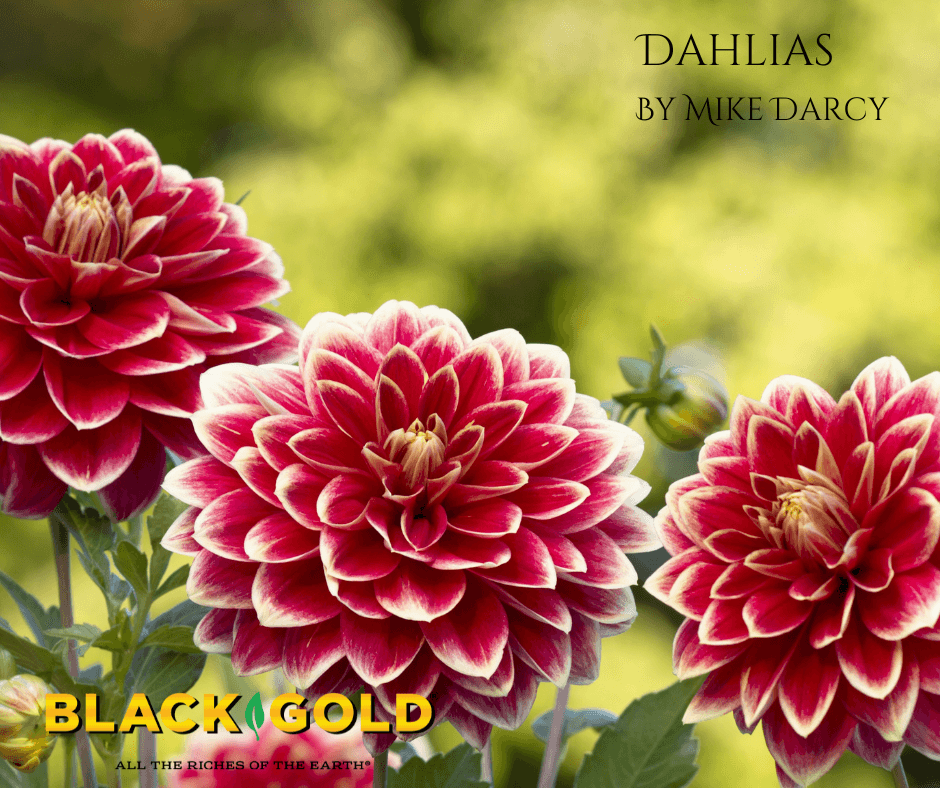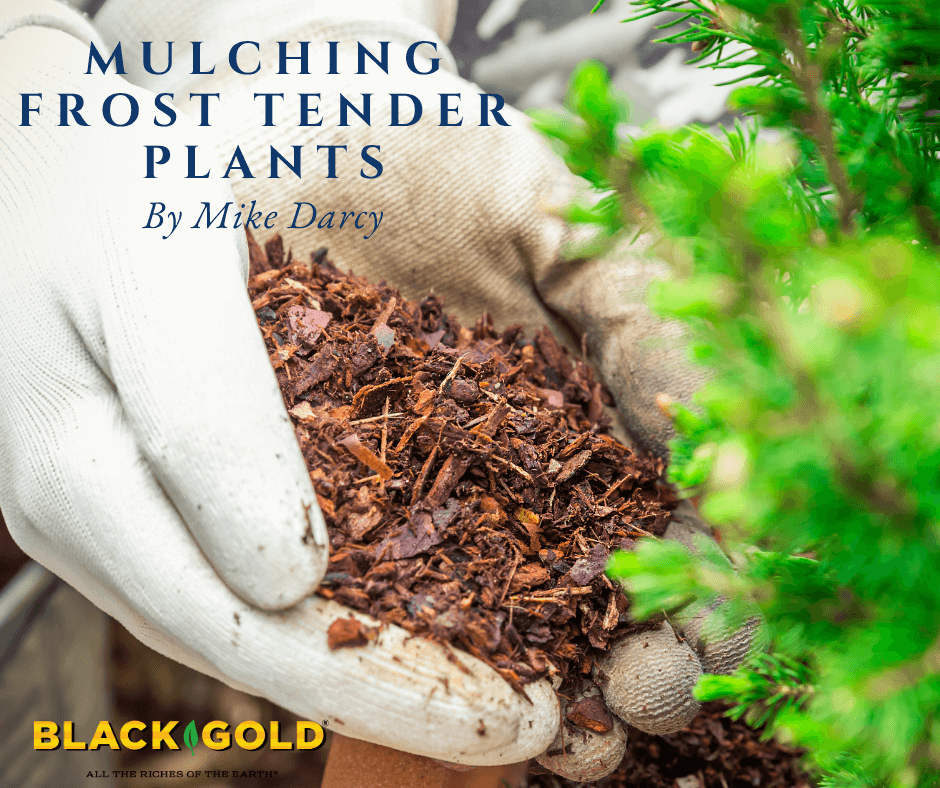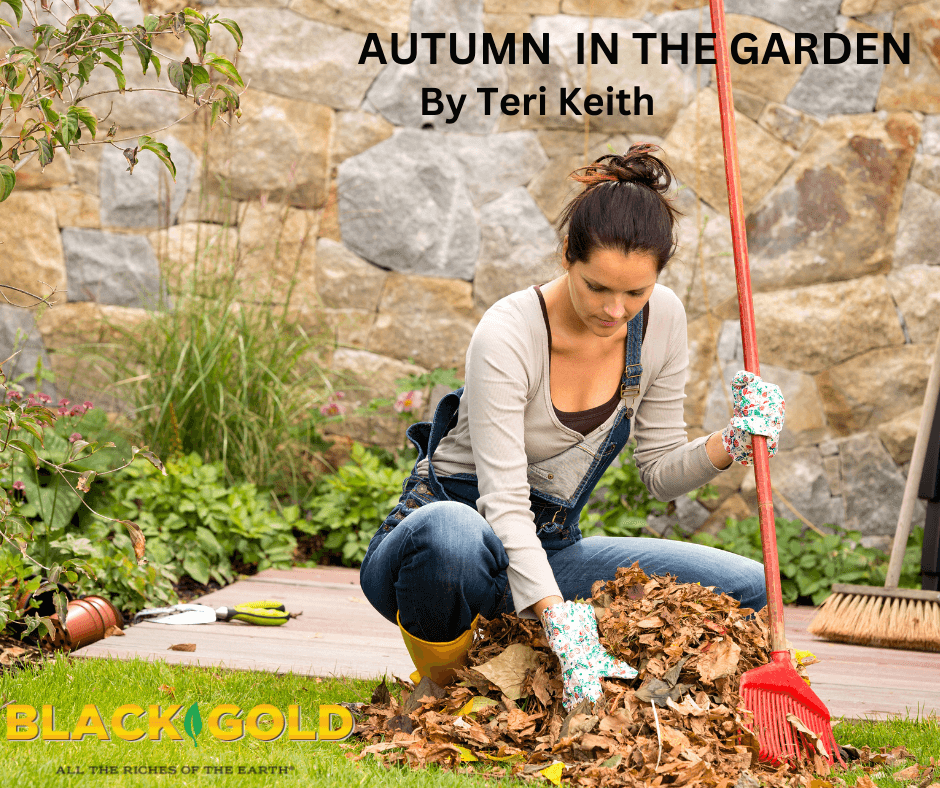Category: Fall flowers

Dahlias by Mike Darcy
As of September 22, we have officially moved into the autumn season. I don’t think that plants know it is […]

SEASON ‘ROUND COLORS IN THE GARDEN
For maximum satisfaction, I find that planning my garden so that it produces fresh floral displays throughout the growing season, […]

Piece of Cake Perennials
Perennials are the floral backbone of my garden because they develop over time and last. I look for exciting new […]

Mulching Frost Tender Plants
It seems as though many gardeners, including myself, are always on the lookout for a new and/or unusual plant. […]

Fall Rose Care
Here it is in mid-October and many roses are still blooming. There are few shrubs, if we can call roses […]

Autumn in the Garden
Autumn leaves drifting by your window are telling you that fall is here and it is time to put the […]

